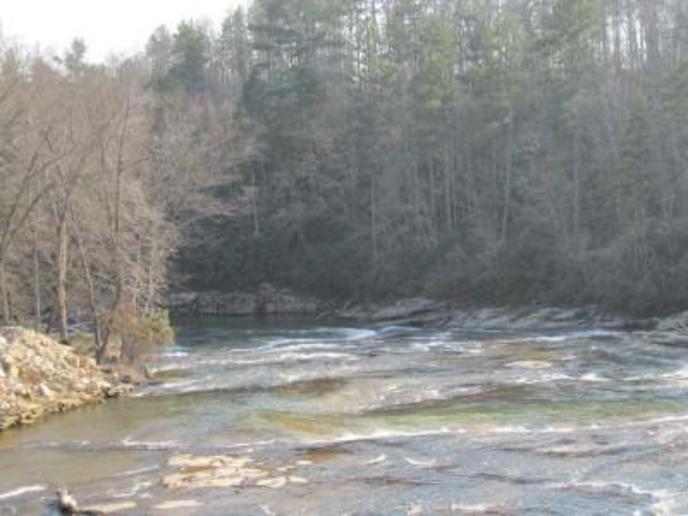I did an oil change this past weekend. I have a little bit of brass or bronze in my oil and I had quite a bit of oil consumption lately. I also cut open the filter and there is just a little in the pleats. Nothing big and not a lot. Maybe a qt per 1000 oil consumption. I sometimes have smoke out the exhaust on cold start. I do not have any bearing noise but occasionally I will get some noise up high in the area of cylinder #8. I can’t tell if it’s a lifter or valve or what and it’s not consistent or constant. It does seem to make more noise when the oil gets a qt low.
I think the easiest thing to check first is pull the distributor and check the gear. If that’s ok the next thing I’m thinking is valve guide possibly from #8 cylinder. See if I can wiggle the valve while in the head. I am getting occasional noise in that area and oil consumption out my exhaust. My opinion is this is my problem it’s just hard to diagnose without pulling head. Most of what you see online says bearing but I don’t notice any bearing noise and I have acceptable oil pressure.
Is there anything else brass or bronze that it could be?
Thoughts/opinions?
I think the easiest thing to check first is pull the distributor and check the gear. If that’s ok the next thing I’m thinking is valve guide possibly from #8 cylinder. See if I can wiggle the valve while in the head. I am getting occasional noise in that area and oil consumption out my exhaust. My opinion is this is my problem it’s just hard to diagnose without pulling head. Most of what you see online says bearing but I don’t notice any bearing noise and I have acceptable oil pressure.
Is there anything else brass or bronze that it could be?
Thoughts/opinions?




